
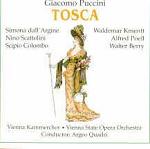
This strange Tosca was recorded in 1951 by Westminster, then a rival to Decca and HMV. The three leads are Italian singers now forgotten (“singers
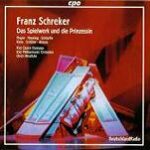
Das Spielwerk und die Prinzessin was given a double-premiere, in Vienna and Frankfurt, on March 15, 1913. It was somewhat appreciated in Frankfurt but caused
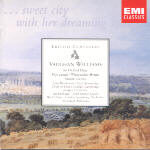
David Willcocks was director of the King’s College Choir when stereo recording was in its Golden Age. American listeners first heard his recordings on Argo,
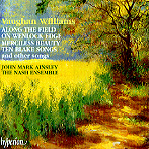
Before Broadway and pop record charts, the best songwriters wrote tunes for singers with real–as opposed to electronically enhanced–voices. Ralph Vaughan Williams was one of

This is the second opera by this Portuguese composer (who made his reputation in Naples, composed dozens of operas, and died in 1830) to appear

This opera is the Italian translation of a reworking of an 1818 failure that was revised in 1822 and finally presented in French, in Paris,

Here’s your basic, no-nonsense Ninth. Kurt Masur’s moderate tempos and generally-accepted standards of phrasing and orchestral balance (the strings predominate) place this reading squarely in

Astrid Varnay was the leading Wagnerian soprano in the years between Kirsten Flagstad and Birgit Nilsson. This Original Masters set featuring recordings made between 1954
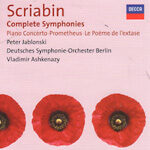
This Scriabin set is one of the finer offerings in Universal’s Trio series. Vladimir Ashkenazy’s crisp phrasing and lean orchestral sonorities contrast markedly with the
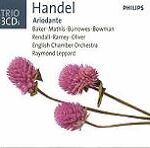
If you type Q149 in Search Reviews you’ll find my review of the Archiv performance of this opera, which is the one you should own.
![]()
